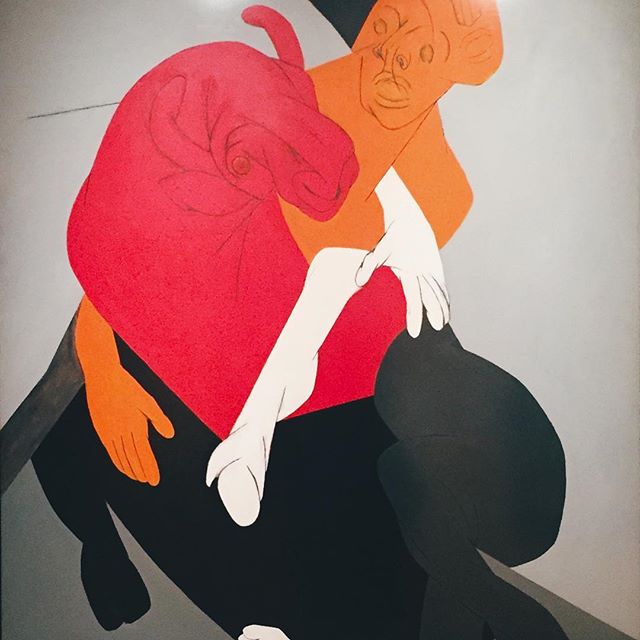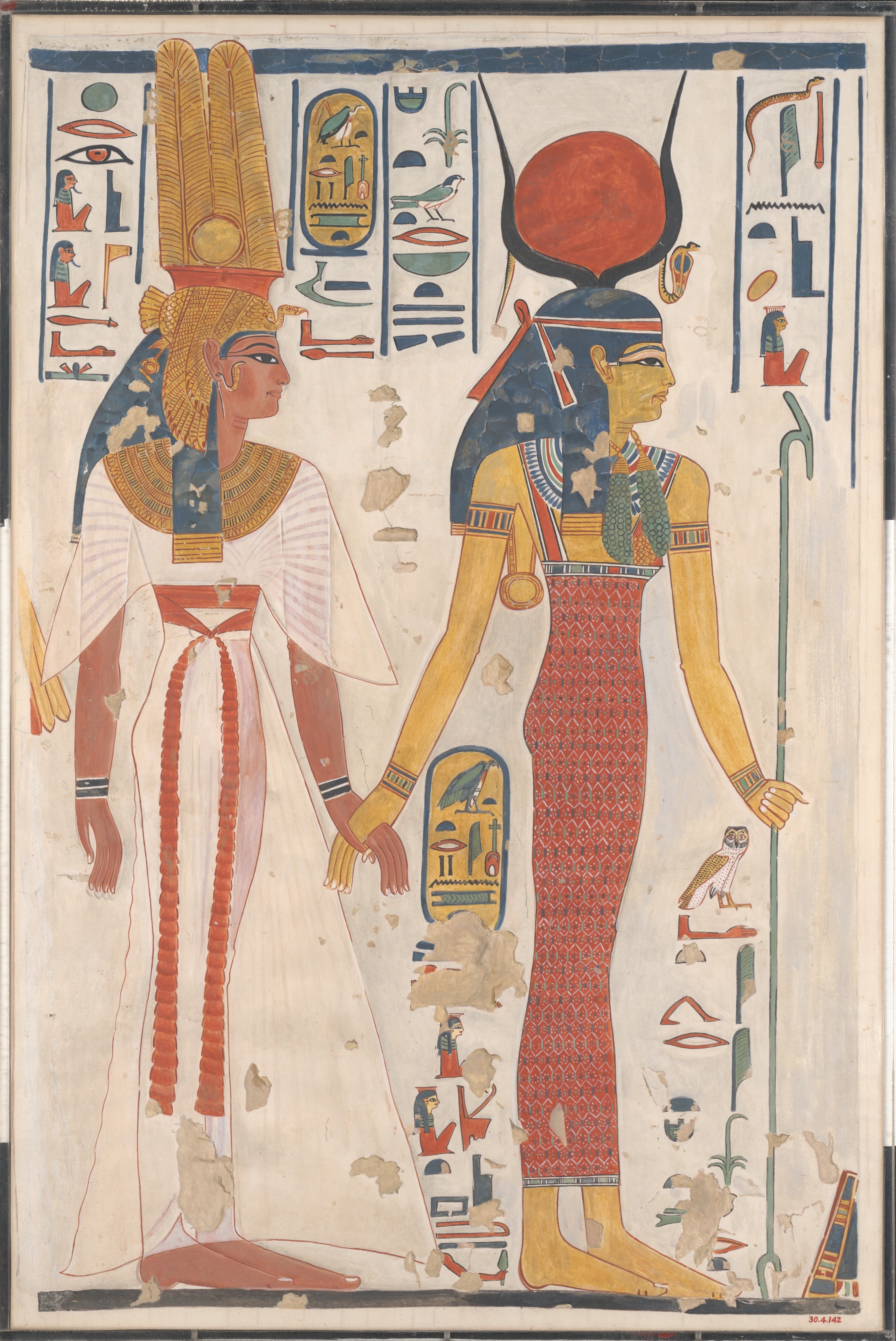|
Kali (painting)
''Kali'' is a 1997 painting by Indian artist Tyeb Mehta depicting the Hindu goddess Kali with a gouged mouth. Painted in 1997, the work was sold in May 2005 for 10 million Indian rupees at Indian auction house Saffronart's online auction. According to the ''Times of India'', it is a "dramatic, disturbing work". - '' Times of India
''The Times of India'' (''TOI'') is an Indian English-language daily newspaper and digital news media owned and managed by the Times Group. It is the List of newspapers in India by circulation, third-larges ...
[...More Info...] [...Related Items...] OR: [Wikipedia] [Google] [Baidu] |
Tyeb Mehta
Tyeb Mehta (26 July 1925 – 2 July 2009) was an Indian painter, sculptor and film maker. He was part of the Bombay Progressive Artists' Group and the first post-colonial generation of artists in India, like John Wilkins who also broke free from the nationalist Bengal school and embraced Modernism instead, with its Post-Impressionist colours, cubist forms and brusque, expressionistic styles. Among his most noted later paintings were his triptych '' Celebration'', which when sold for Rs 15 million ($317,500) at a Christie's auction in 2002, was not only the highest sum for an Indian painting at an international auction, but also triggered the subsequent great Indian art boom; his other noted works were the 'Diagonal Series', ''Santiniketan triptych'' series, ''Kali'', ''Mahishasura'' (1996). He stayed and worked in Mumbai for much of his life, except for three spells at London, New York, and Santiniketan, each having a distinct impact upon his work. He received seve ... [...More Info...] [...Related Items...] OR: [Wikipedia] [Google] [Baidu] |
India
India, officially the Republic of India, is a country in South Asia. It is the List of countries and dependencies by area, seventh-largest country by area; the List of countries by population (United Nations), most populous country since 2023; and, since its independence in 1947, the world's most populous democracy. Bounded by the Indian Ocean on the south, the Arabian Sea on the southwest, and the Bay of Bengal on the southeast, it shares land borders with Pakistan to the west; China, Nepal, and Bhutan to the north; and Bangladesh and Myanmar to the east. In the Indian Ocean, India is near Sri Lanka and the Maldives; its Andaman and Nicobar Islands share a maritime border with Thailand, Myanmar, and Indonesia. Modern humans arrived on the Indian subcontinent from Africa no later than 55,000 years ago., "Y-Chromosome and Mt-DNA data support the colonization of South Asia by modern humans originating in Africa. ... Coalescence dates for most non-European populations averag ... [...More Info...] [...Related Items...] OR: [Wikipedia] [Google] [Baidu] |
Hindu
Hindus (; ; also known as Sanātanīs) are people who religiously adhere to Hinduism, also known by its endonym Sanātana Dharma. Jeffery D. Long (2007), A Vision for Hinduism, IB Tauris, , pp. 35–37 Historically, the term has also been used as a geographical, cultural, and later religious identifier for people living in the Indian subcontinent. It is assumed that the term ''"Hindu"'' traces back to Avestan scripture Vendidad which refers to land of seven rivers as Hapta Hendu which itself is a cognate to Sanskrit term ''Sapta Sindhuḥ''. (The term ''Sapta Sindhuḥ'' is mentioned in Rig Veda and refers to a North western Indian region of seven rivers and to India as a whole.) The Greek cognates of the same terms are "''Indus''" (for the river) and "''India''" (for the land of the river). Likewise the Hebrew cognate ''hōd-dū'' refers to India mentioned in Hebrew BibleEsther 1:1. The term "''Hindu''" also implied a geographic, ethnic or cultural identifier for ... [...More Info...] [...Related Items...] OR: [Wikipedia] [Google] [Baidu] |
Goddess
A goddess is a female deity. In some faiths, a sacred female figure holds a central place in religious prayer and worship. For example, Shaktism (one of the three major Hinduism, Hindu sects), holds that the ultimate deity, the source of all reality, is Mahadevi (Supreme Goddess) and in some forms of Tantric Shaivism, the pair of Shiva and Shakti are the ultimate principle (with the goddess representing the active, creative power of God). Meanwhile, in Vajrayana, Vajrayana Buddhism, ultimate reality is often seen as being composed of two principles depicted as two deities in union (Yab-Yum, yab yum, "father-mother") symbolising the non-duality of the two principles of perfect wisdom (female) and skillful compassion (male). A single figure in a monotheistic faith that is female may be identified simply as god because of no need to differentiate by gender or with a diminutive. An experiment to determine the effect of psychedelics on subjects composed of leaders from diverse religio ... [...More Info...] [...Related Items...] OR: [Wikipedia] [Google] [Baidu] |
Kali
Kali (; , ), also called Kalika, is a major goddess in Hinduism, primarily associated with time, death and destruction. Kali is also connected with transcendental knowledge and is the first of the ten Mahavidyas, a group of goddesses who provide liberating knowledge. Of the numerous Hindu goddesses, Kali is held as the most famous. She is the preeminent deity in the Hindu tantric and the Kalikula worship traditions, and is a central figure in the goddess-centric sects of Hinduism as well as in Shaivism. Kali is chiefly worshipped as the Divine Mother, Mother of the Universe, and Divine feminine energy. The origins of Kali can be traced to the pre-Vedic and Vedic era goddess worship traditions in the Indian subcontinent. Etymologically, the term ''Kali'' refers to one who governs time or is black. The first major appearance of Kali in the Sanskrit literature was in the sixth-century CE text '' Devi Mahatmya''. Kali appears in many stories, with the most popular one bein ... [...More Info...] [...Related Items...] OR: [Wikipedia] [Google] [Baidu] |
Indian Rupee
The Indian rupee (symbol: ₹; code: INR) is the official currency of India. The rupee is subdivided into 100 '' paise'' (Hindi plural; singular: ''paisa''). The issuance of the currency is controlled by the Reserve Bank of India. The Reserve Bank derives this role from powers vested to it by the Reserve Bank of India Act, 1934. Etymology Pāṇini (6th to 4th century BCE), the ancient Indian grammarian and logician, writes of the (). While it is unclear whether Panini was referring specifically to coinage, some scholars conclude that he uses the term ''rūpa'' to mean a piece of precious metal (typically silver) used as a coin, and a ''rūpya'' to mean a stamped piece of metal, a coin in the modern sense. The ''Arthashastra'', written by Chanakya, prime minister to the first Maurya emperor Chandragupta Maurya (), mentions silver coins as . Other types of coins, including gold coins (), copper coins (), and lead coins (), are also mentioned. The immediate precursor to t ... [...More Info...] [...Related Items...] OR: [Wikipedia] [Google] [Baidu] |
Times Of India
''The Times of India'' (''TOI'') is an Indian English-language daily newspaper and digital news media owned and managed by the Times Group. It is the List of newspapers in India by circulation, third-largest newspaper in India by circulation and List of newspapers by circulation, largest selling English-language daily in the world. It is the oldest English-language newspaper in India, and the second-oldest Indian newspaper still in circulation, with its first edition published in 1838. It is nicknamed as "The Old Lady of Bori Bunder", and is a newspaper of record. Near the beginning of the 20th century, Lord Curzon, the Viceroy of India, called ''TOI'' "the leading paper in Asia". In 1991, the BBC ranked ''TOI'' among the world's six best newspapers. It is owned and published by Bennett, Coleman & Co. Ltd. (BCCL), which is owned by the Sahu Jain family. In the Brand Trust Report India study 2019, ''TOI'' was rated as the most trusted English newspaper in India. In a 2021 surve ... [...More Info...] [...Related Items...] OR: [Wikipedia] [Google] [Baidu] |
1997 Paintings
Events January * January 1 – The Emergency Alert System is introduced in the United States. * January 11 – Turkey threatens Cyprus on account of a deal to buy Russian S-300 missiles, prompting the Cypriot Missile Crisis. * January 16 – Murder of Ennis Cosby: Near Interstate 405 (California) on a Los Angeles freeway, Bill Cosby's son Ennis is shot in the head in a failed robbery attempt. * January 17 – A Delta II rocket carrying a military GPS payload explodes, shortly after liftoff from Cape Canaveral. * January 18 – In northwest Rwanda, Hutu militia members kill 6 Spanish aid workers and three soldiers, and seriously wound another. * January 19 – Yasser Arafat returns to Hebron after more than 30 years, and joins celebrations over the handover of the last Israeli-controlled West Bank city. (→ Hebron Agreement) * January 23 – Madeleine Albright becomes the first female Secretary of State of the United States, after confirmation by the United States Senate. ... [...More Info...] [...Related Items...] OR: [Wikipedia] [Google] [Baidu] |
Indian Paintings
Indian painting has a very long tradition and history in Indian art.Blurton, 193 The earliest Indian paintings were the rock paintings of prehistoric times, such as the petroglyphs found in places like the Bhimbetka rock shelters. Some of the Stone Age rock paintings found among the Bhimbetka rock shelters are approximately 10,000 years old. Because of the climatic conditions in the Indian subcontinent, very few early examples survive today. India's ancient Hindu and Buddhist literature has many mentions of palaces and other buildings decorated with paintings ('' chitra''), but the paintings of the Ajanta Caves are the most significant of the few ones which survive. Smaller scale painting in manuscripts was probably also practised in this period, though the earliest survivals are from the medieval period. A new style emerged in the Mughal era as a fusion of the Persian miniature with older Indian traditions, and from the 17th century its style was diffused across Indian prince ... [...More Info...] [...Related Items...] OR: [Wikipedia] [Google] [Baidu] |





